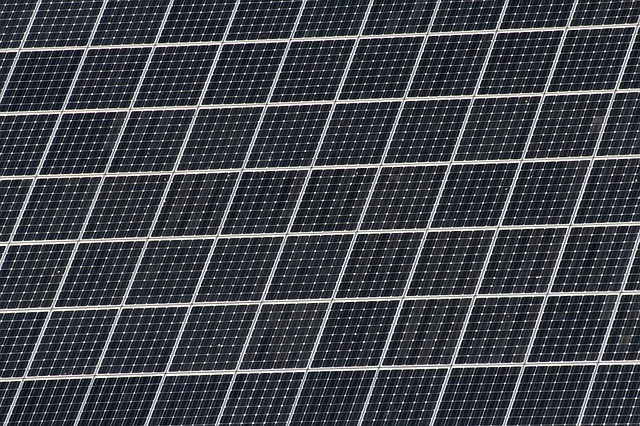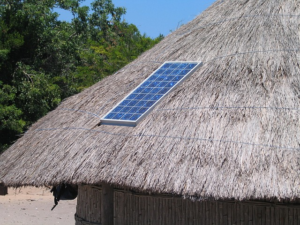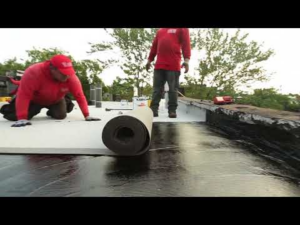
Rounding up its final days in Glasgow, COP26 will soon come to its inevitable close. The world’s most acclaimed climate event has brought some exciting yet unsatisfying agreements and deals meant to address the growing climate crisis.
Methane emissions were the focus of The Global Methane Pledge, a joint agreement to cut global methane emissions by 30% from 2020 levels in all industries by 2030. This meaningful commitment could reduce global warming by 0.2 degrees Celsius by 2050. According to a UN report, it is the most robust, most accessible measure that can be taken to slow down climate change over the next 25 years. Another critical initiative targets coal, the single most significant contributor to climate change. Over 40 countries and dozens of organizations have committed to ending all investment in new coal power generation domestically and internationally.
They have also agreed to phase out coal power in the 2030s for major economies and the 2040s for developing nations.
These pledges, among other initiatives taken at the global summit, are well and good, but they target only one aspect of the fight against climate change – mitigating the risk. Another aspect is becoming a prevalent topic in the past few months, and the two are crucial in achieving sustainable impact.
Mitigation or Adaptation?
When discussing global pledges and initiatives, we can divide all actions into two major sections.
The first is mitigation, focusing on making the impacts of climate change less acute by preventing or reducing the emission of greenhouse gases (GHG) into the atmosphere. Mitigation is achieved by reducing the sources of these gases (choosing renewable energy over coal, for example) or by enhancing the storage of these gases (through innovative technologies or tree planting, for example)
The second is adaptation, focusing on anticipating the effects of climate change and taking appropriate action to prevent or minimize the damage. Examples include adapted infrastructure changes, such as buildings that can stand sea-level rise, alongside behavioral shifts, such as people composting their food waste.
To sum it up, mitigation tackles the causes and minimizes the possible impacts of climate change. At the same time, Adaptation looks at reducing the adverse effects and taking advantage of any opportunities that arise.
At COP26, global leaders primarily focus on mitigating initiatives, with the methane and coal pledges falling under that category. But the adaptation discussion is becoming more prevalent, although often considered as an admittance of failure -if you seek adaptive action, it means your previous pledges have failed and that you haven’t done enough to tackle this crucial subject. Political entities and business leaders alike are not very keen on taking that type of action.
Putting political and business interests aside, adaptation action could not be more crucial at this point, as most scientists say our planet is well beyond the breakpoint and that a 1.5 and even 2 degrees …….
Source: https://www.newtimes.co.rw/business/climate-change-adaptation-or-mitigation-solar-energy-doing-both






